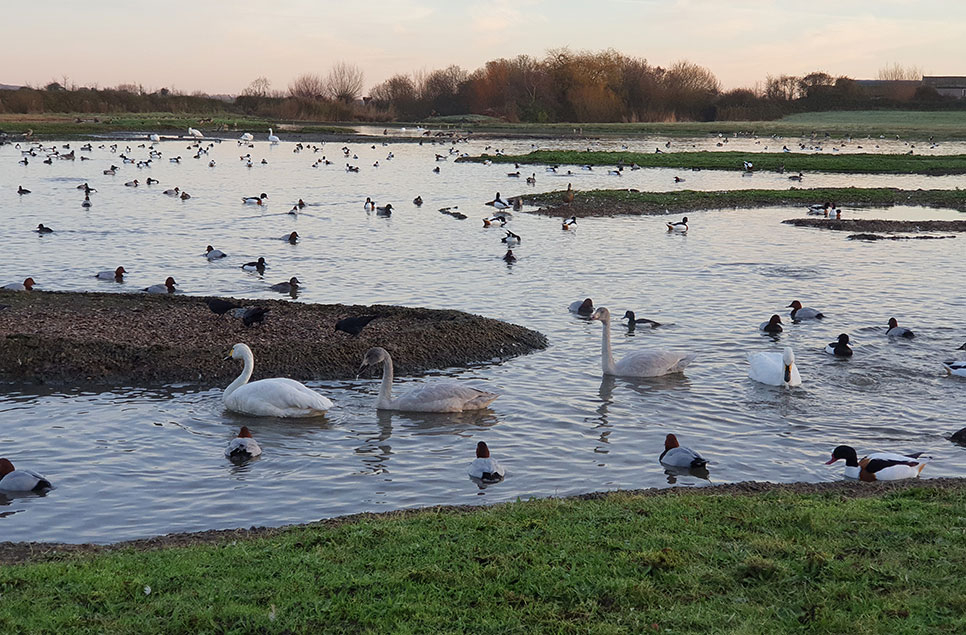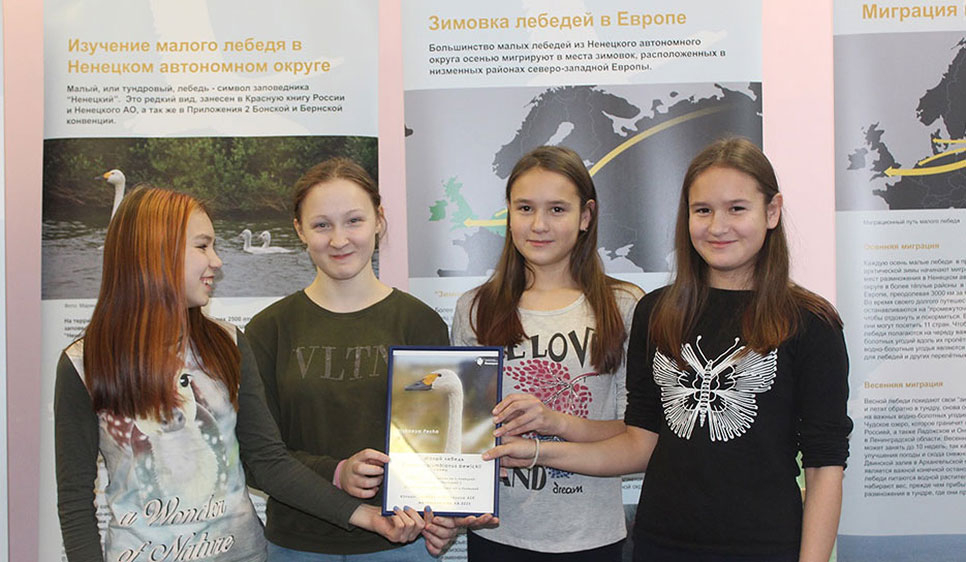Please note: water will be off in Welly Boot Land today (2 May), the play area will be open as usual. The Canoe Safari is also closed due to weather.
Close alertFrom Russia with love
After eight long weeks of travel, our transmitter swans are finally arriving at their destination: the Russian arctic, some 2,500 miles away! This vast swathe of tundra stretches across the entire north coast of Russia and is one of the world’s greatest wetlands.
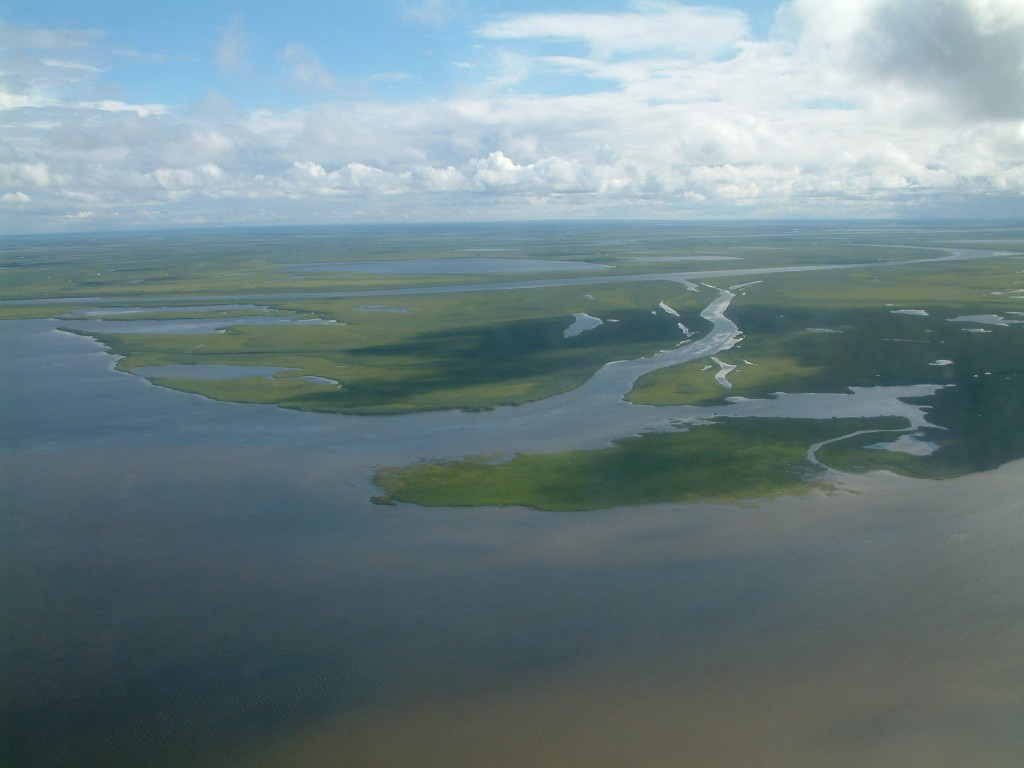
During the summer months, it is home to tens of thousands of migratory birds arriving from different corners of the globe. Here, they find respite in relative solitude in a habitat that is abundant with food and nesting opportunities. For the Bewick’s swans, the arctic tundra represents a vital part of their annual cycle, providing unlimited day light hours to feed on sedges, grasses, larvae, berries and other aquatic vegetation. Newly hatched cygnets are able to gain weight quickly in preparation for their journey back to Northwest Europe in September.
In Russia, the arrival of the Bewick’s swan heralds a change in seasons and signals that summer is just around the corner. Our transmitter swans not only bridge the seasons but also the communities that they fly through. As we followed the swans through Europe, school children in Germany and Poland took the opportunity to name two of the transmitter swans Leo and Pola and accompanied naming ceremonies with trips to the countryside to see the birds. Enthusiastic ornithologists from the Netherlands, Denmark, Germany, Sweden, Lithuania, Latvia, Belarus and Poland have spent many hours finding our swans in the field, sending us reassuring photographs and field notes. We are very thankful to all of these people who have shared the swans’ journeys with us. Our ‘swan network’ across the migratory route certainly seems to have expanded over the last few months and all have been linked by the same common love for the Bewick’s swan.
And this enthusiasm has continued right the way to the arctic! We were delighted to see that BEWI25 was the first to arrive in the Nenetskiy Autonomous Okrug, a key breeding area for the swans. WWT has a special connection with the swans Russian breeding grounds and collaborative Anglo-Russian studies in this area in the 1990s led towards its protective designation. BEWI25’s arrival prompted the search for a name which generated a huge response among the workers and visitors of the Nenetskiy National Nature Reserve. More than 70 local people suggested a name for BEWI25 which resulted in a short-list of 40 names! The competition was kindly facilitated by reserve staff Yulia Leonova and Yulia Bogomolova and the final name was picked at random and turned out to be....Julia!
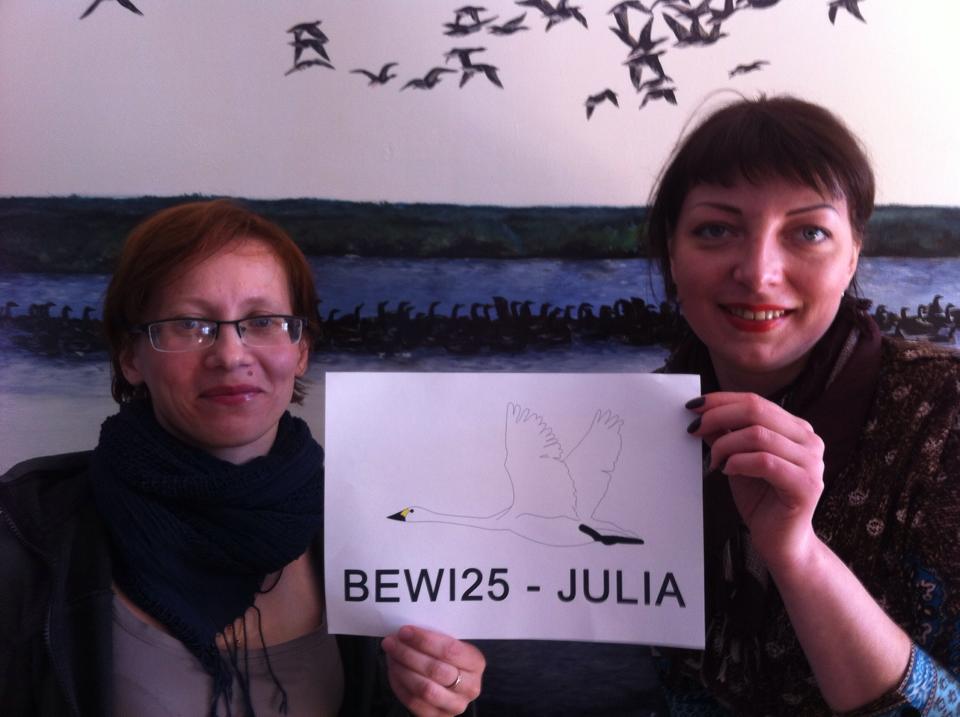
We all look forward to following Julia’s progress and her return journey back to Northwest Europe in the autumn.
A little further west, children from the Onezhsky Sledopyt Club (a naturalists club) and staff from the Onezhskoe Pomoryae National Park on the shores of the White Sea in northern Russia, have chosen to name BEWI20 Zolotitsa after their local village.
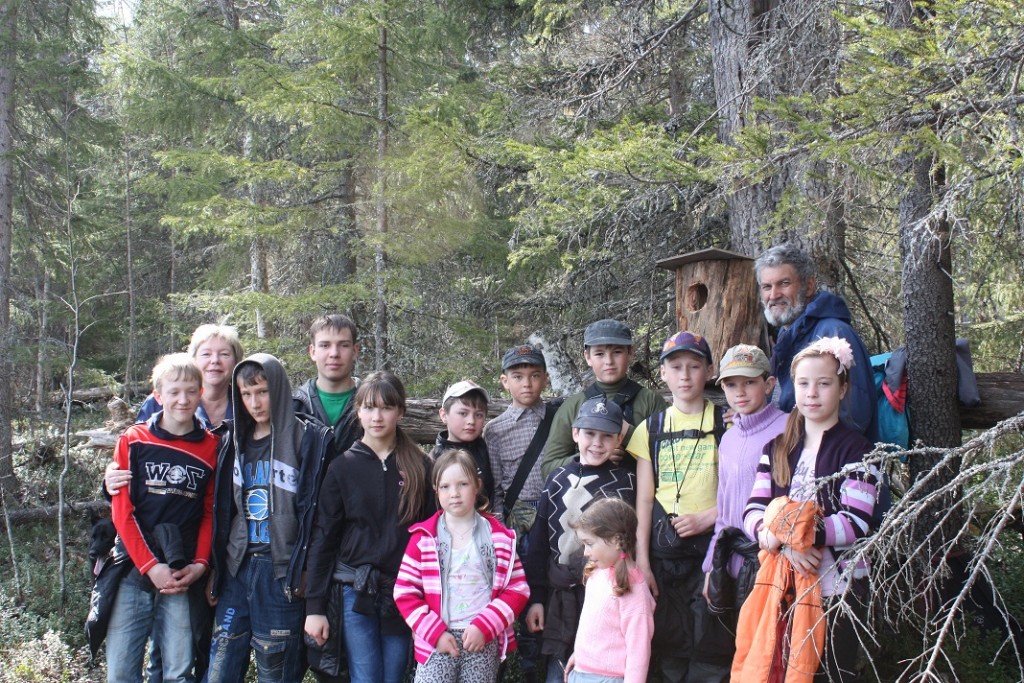
The White Sea is a critically important staging area for the Bewick’s swans in the spring so we were especially happy that this local community were involved in naming the swan. Zolotitsa is travelling with one cygnet and his partner, a swan called Martina, named by school children in the St Petersburg area. Many thanks to Andrey Volkov, staff from the Onezhskoe Pomoryae National Park, Eugene Genelt-Yanovsky and Julia Danilova for facilitating the naming of Zolotitsa and Martina.
